Description
Caring for your Arrowhead Plant
Syngonium podophyllum, commonly known as Arrowhead Plant, is a popular houseplant cherished for its attractive foliage and easy care requirements. Native to the tropical regions of Central and South America, this versatile plant is known for its arrow-shaped leaves that can vary in color and pattern, including green, white, pink, and variegated forms. Whether you are a seasoned plant enthusiast or a beginner, Syngonium podophyllum can be a delightful addition to your indoor garden.
Light
Syngonium podophyllum thrives in bright, indirect light but is highly adaptable and can tolerate lower light conditions. Ideally, place your plant near an east or north-facing window where it can receive filtered sunlight throughout the day. Direct sunlight can scorch the leaves, especially for variegated varieties, so avoid placing it in intense, direct sun.
In lower light conditions, the plant’s growth may slow down, and the variegation may become less pronounced. If you notice the leaves turning solid green, consider moving the plant to a brighter location. For indoor settings with limited natural light, fluorescent or LED grow lights can help maintain healthy growth.
Water
Proper watering is crucial for the health of Syngonium podophyllum. The plant prefers consistently moist but not waterlogged soil. Water your plant thoroughly when the top inch of soil feels dry to the touch. Ensure that excess water drains away, as standing water can lead to root rot. During the growing season (spring and summer), you may need to water more frequently, while in the dormant period (fall and winter), reduce the frequency of watering. Always use lukewarm water to avoid shocking the roots, and be mindful of your plant’s specific needs based on its environment.
High humidity levels, around 60-80%, are beneficial for Syngonium podophyllum. If the air in your home is dry, especially during winter months, increase humidity by misting the plant regularly, placing it on a humidity tray, or using a humidifier. Grouping plants together can also help create a more humid microenvironment.
Soil
Syngonium podophyllum thrives in well-draining soil rich in organic matter. A high-quality potting mix designed for houseplants, or a blend of peat moss, perlite, and vermiculite, works well. The soil should retain some moisture but allow excess water to drain away easily.
When potting or repotting, choose a container with drainage holes to prevent water accumulation at the roots. Repotting every 2-3 years or when the plant outgrows its current pot helps refresh the soil and provides more space for root development. The best time to repot is in the spring when the plant is actively growing.
Fertilizing
Regular feeding supports robust growth and vibrant foliage. Use a balanced, water-soluble fertilizer diluted to half-strength every 4-6 weeks during the growing season (spring and summer). Reduce or stop fertilizing during the fall and winter months when the plant’s growth naturally slows down.
Organic options such as compost tea or worm castings can also provide essential nutrients. Avoid over-fertilizing, as this can lead to nutrient imbalances and potential harm to the plant.
Pests and Diseases
Syngonium podophyllum is generally pest-resistant but can occasionally be affected by common houseplant pests such as spider mites, aphids, and mealybugs. Regularly inspect your plant for signs of infestation and treat promptly with insecticidal soap or neem oil.
Root rot can occur if the plant is overwatered or grown in poorly draining soil. Ensure proper watering practices and good soil drainage to prevent this issue. Fungal diseases such as leaf spot and powdery mildew can be managed by maintaining good air circulation and avoiding overhead watering.

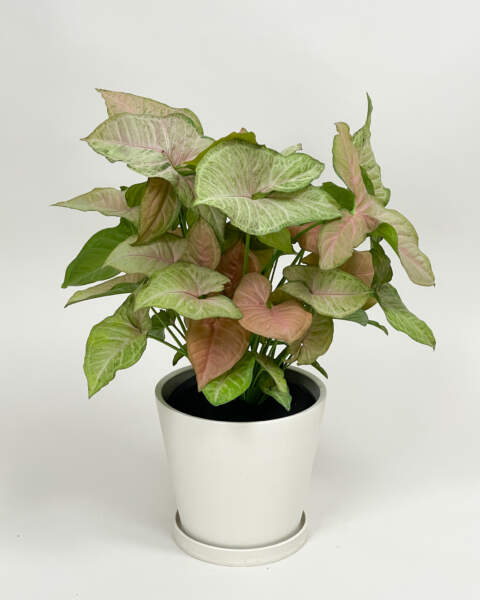

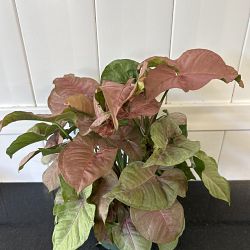
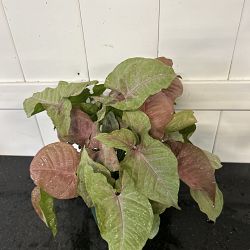
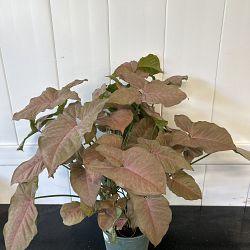
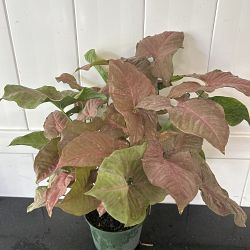
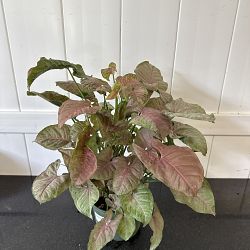

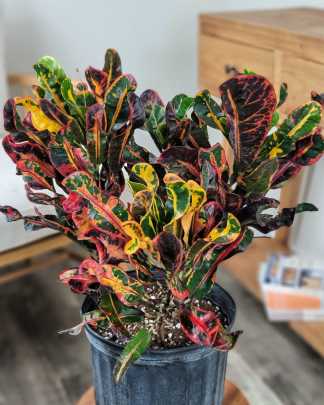
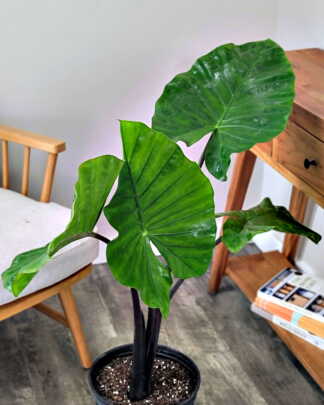
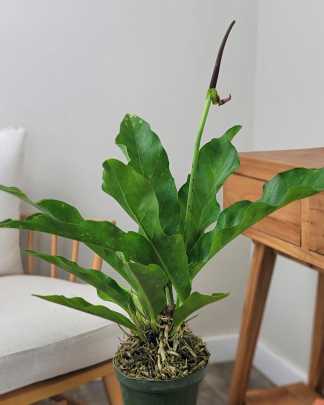
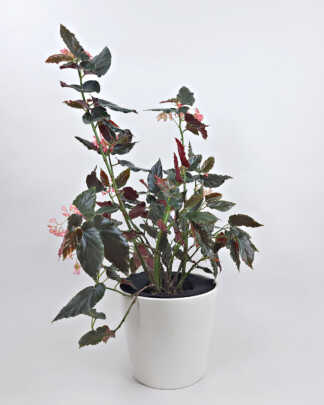
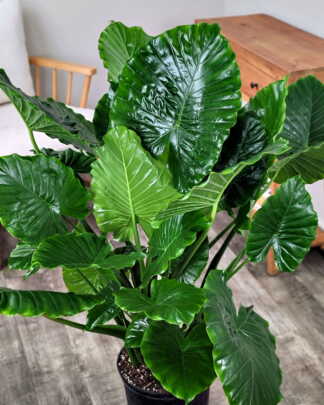


Guest –
Beautiful indoor plant that don't need much light.